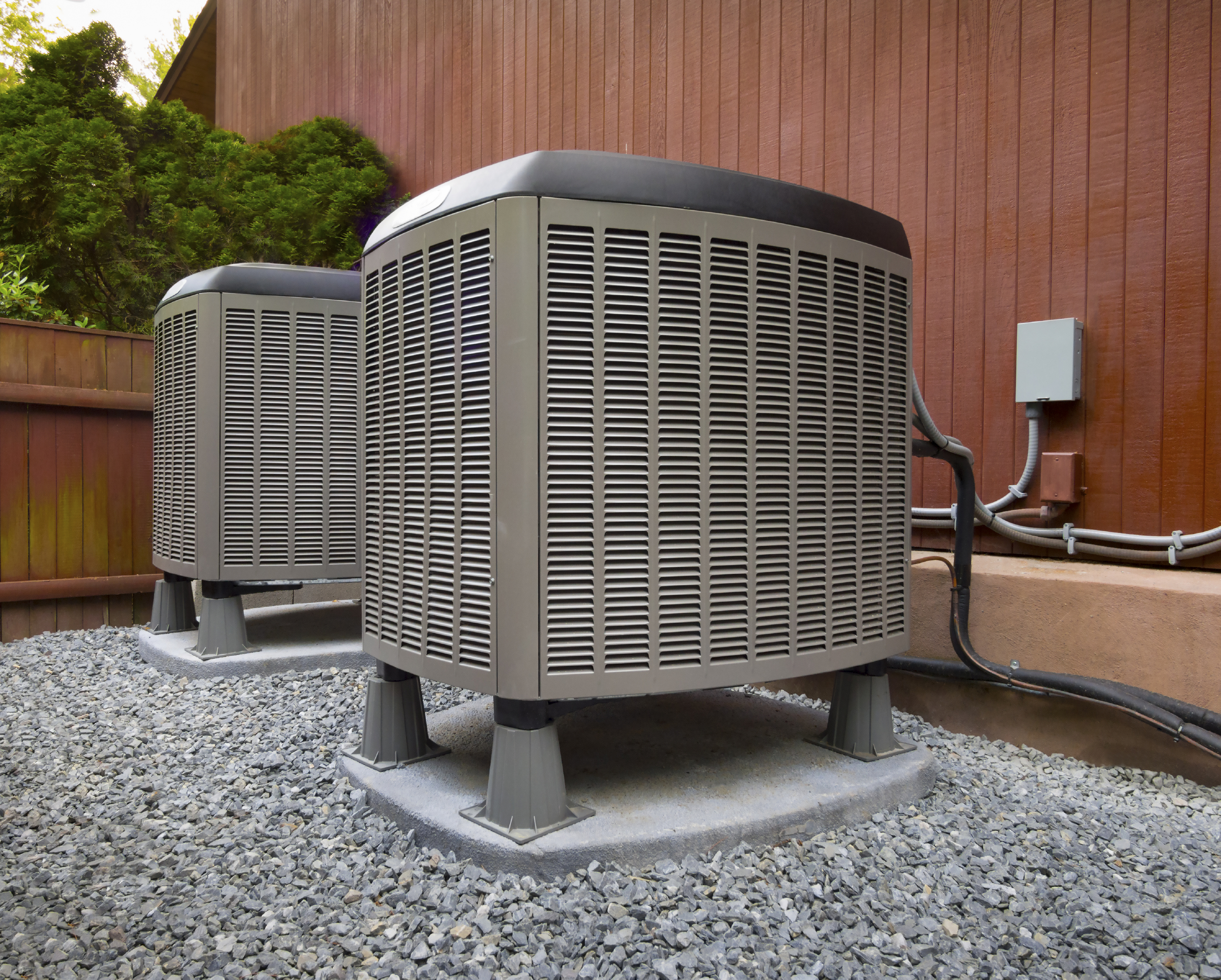
Compressors Fail at Mild Temperatures
Temperatures recently plunged into autumn with highs in the 90s giving way to lows in the 40s. Cooling season is over, right? While its peak has passed, cooling will still be required this season. Part-load conditions (those during the shoulder seasons of spring and fall) can be hard on air conditioning (AC) equipment if it is not properly designed and maintained. System failures generally occur within the compressor because it has many moving parts. Compressor failures and the root causes are fairly well documented, and the change in seasons is a good time to reiterate why compressors fail and how to keep them running smoothly.
Hey! Who You Callin’ Short?!
Common compressor failure modes are motor burnouts, bearing failures, and liquid slugging (see sidebar). Regardless of the failure mode, the main symptom exhibited in many cases is short-cycling – excessive on/off compressor operation. However, the root cause of the failure could be any number of things; this is a recipe for misdiagnosis. Here are some common root causes:
- Temperature sensor in discharge air stream and no operating time delay: This can cause short cycling, refrigerant flooding, and lubrication dilution. Oil is washed away from the bearings, eventually causing bearing failures. In extreme cases, liquid slugging occurs.
- Automatic high pressure reset controls with a fouled condenser or malfunctioning condenser fan: This also causes short cycling, and will lead to other issues mentioned above.
- Narrow thermostat dead-band: Also causes short cycling.
- No link between internal compressor safety and system controls: If the internal compressor safety cuts out, the liquid line solenoid will still stay energized. The evaporator and compressor will flood with liquid refrigerant, leading to the issues explained above.
- Insufficient or non-existent oil sump heater: This could allow liquid refrigerant to migrate and condense inside the compressor, diluting the oil and again causing the problems mentioned above.
- Compromised motor-starter contacts: After a compressor burnout, electrical contacts can be compromised, causing electrical issues with replacement compressors.
(Don’t Be) Penny Wise, Pound Foolish
If a compressor fails prematurely (<15 years old), first consider why the unit died in the first place. Don’t simply replace the compressor, override a safety and/or apply a band-aid just to get it running again. Odds are, the failure will occur again, perhaps with worse consequences, and surely with wasted expense. A small amount of upfront detective work is always worthwhile. Likewise, with new AC systems, do not skimp on the proper control points or safeties. These relatively small up-front expenses could save you expensive replacement compressors down the road.




